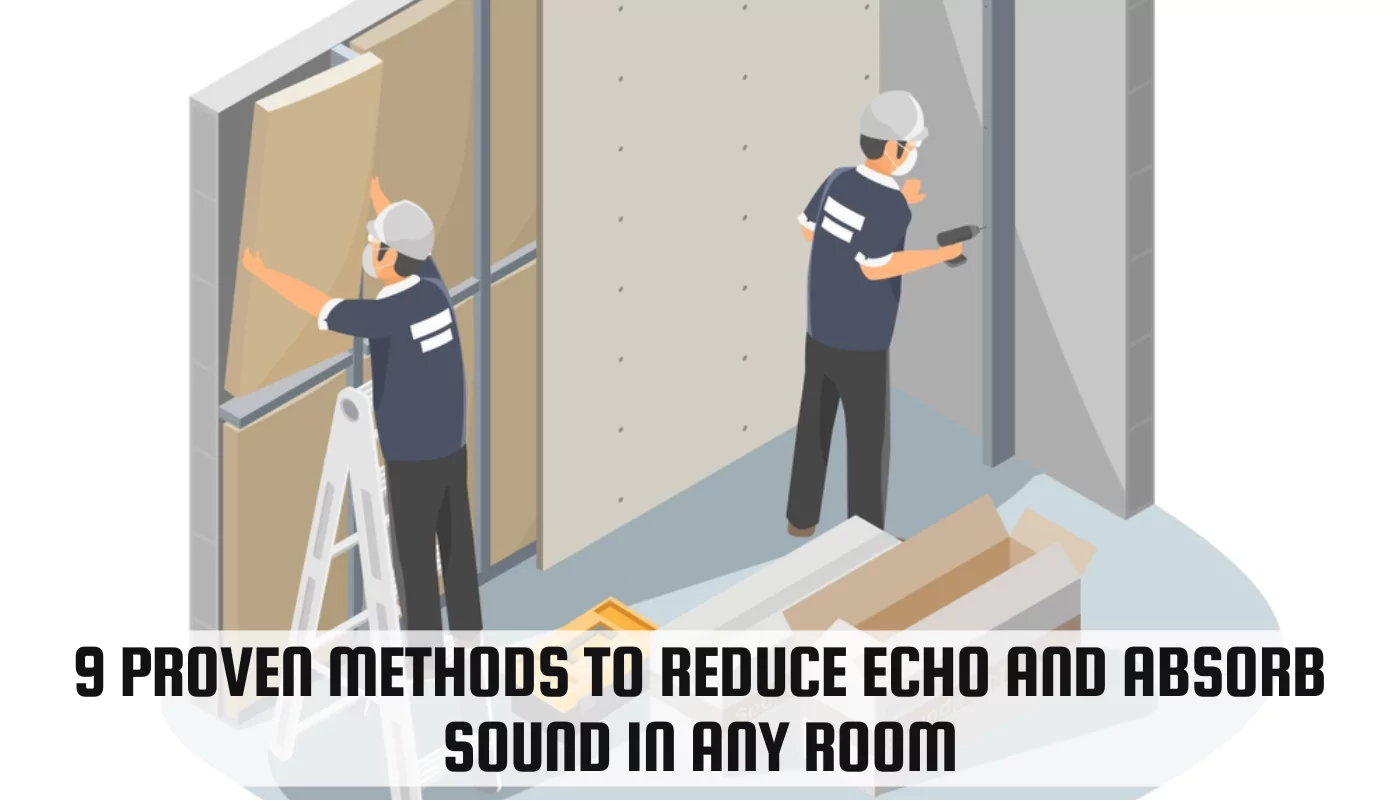9 Proven Methods to Reduce Echo and Absorb Sound in Any Room

Echo can turn a room into an unpleasant, cavernous space. Whether you’re recording audio, hosting a meeting, or simply trying to enjoy your home, excessive echo can be distracting and frustrating. In this article, we’ll explore nine effective methods to reduce echo and create a more acoustically pleasant environment.
The Problem with Echo in a Room
What Causes Echo in a Room
Echo occurs when sound waves bounce off hard surfaces, such as walls, floors, and ceilings. These reflections create overlapping sound waves, leading to prolonged reverberation. Common culprits include large empty spaces, minimal furnishings, and reflective materials.
Why It Is Important to Reduce Echo
Reducing echo is crucial for several reasons:
- Clarity: Excessive echo makes it difficult to understand speech or music.
- Comfort: A room with less echo feels more inviting and comfortable.
- Productivity: Echo can hinder concentration during work or study.
9 Solutions to Reduce Echo in a Room
- Using Acoustic Panels
- Install fabric-covered acoustic panels on walls to absorb sound waves. You can Ensure acoustic comfort with our one-sided Acoustic Partition from https://addictivesound.eu/akustikwand-einseitig-150x50x11/
- Place them strategically near reflective surfaces.
- Incorporating Textiles and Art
- Hang curtains, tapestries, or fabric wall art to break up sound reflections.
- Soft materials absorb sound effectively.
- Adding Furnishings
- Fill the room with furniture, such as sofas, chairs, and bookshelves.
- Furniture helps scatter sound waves and reduces echo.
- Installing Acoustic Foam
- Apply acoustic foam panels to walls or ceilings.
- These specialized foam panels absorb sound and minimize echo.
- Hanging Curtains
- Thick curtains not only enhance privacy but also absorb sound.
- Opt for heavy fabrics like velvet or wool.
- Using Bookshelves
- Bookshelves filled with books act as natural sound absorbers.
- Position them against walls to reduce echo.
- Covering Bare Floors and Walls
- Add area rugs or carpets to the floor.
- Use wall hangings or decorative panels to break up large wall surfaces.
- Installing Bass Traps
- Bass traps absorb low-frequency sound waves.
- Place them in corners or near walls for optimal effect.
- Using Sound Blankets
- Sound blankets (also known as moving blankets) are versatile soundproofing tools.
- Hang them on walls or drape them over furniture.
Additional Tips for Reducing Echo
- Cover the Floor with an Area Rug: A rug not only adds warmth but also absorbs sound.
- Choose Furniture with Soft Fabric: Upholstered furniture helps dampen sound reflections.
- Install Carpet or Sound-Dampening Flooring: Carpeted floors reduce echo significantly.
- Use Insulation or Mass-Loaded Vinyl: Insulate walls or ceilings to further minimize sound bounce.
Conclusion
By implementing these proven methods, you can transform any echo-prone room into a more pleasant and acoustically balanced space. Remember that a combination of these solutions often yields the best results. Happy soundproofing! 🎵🔇









